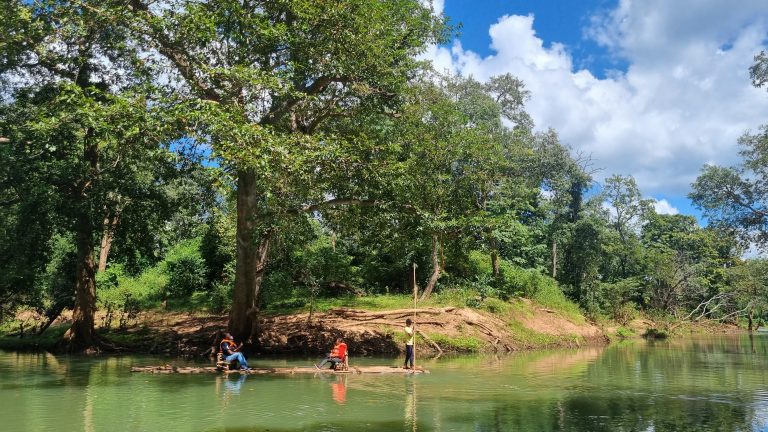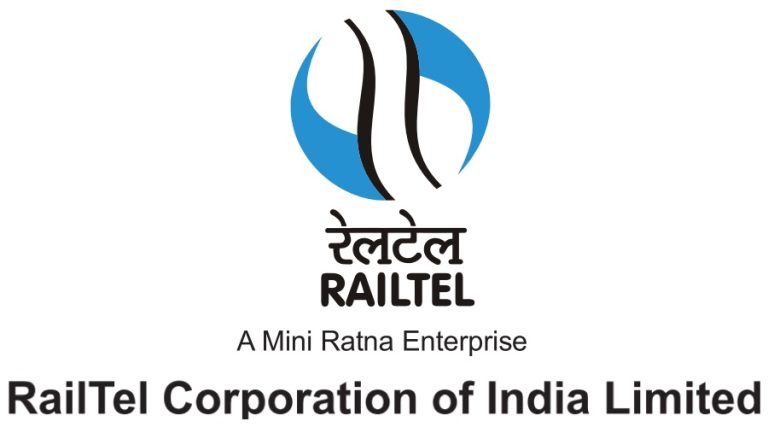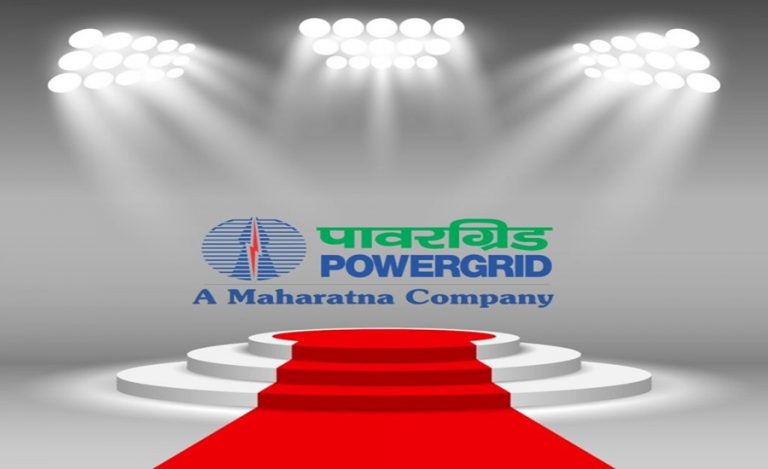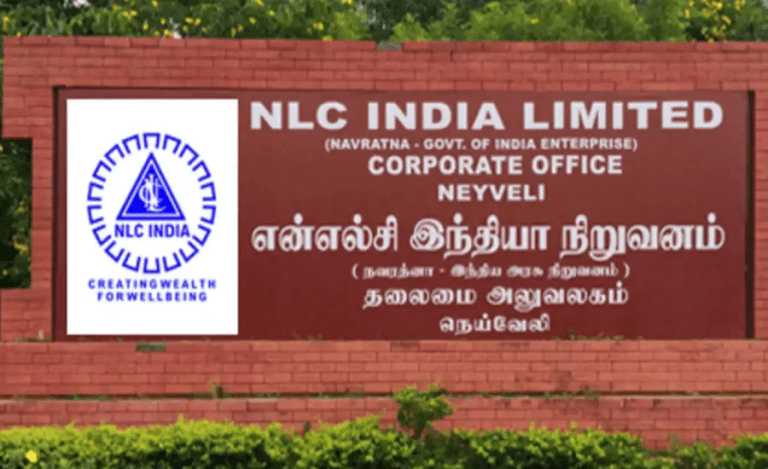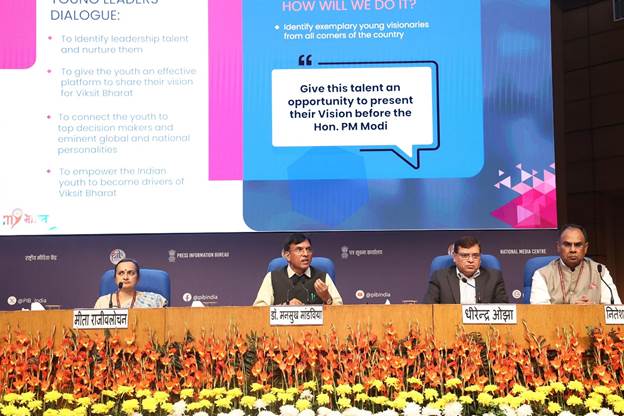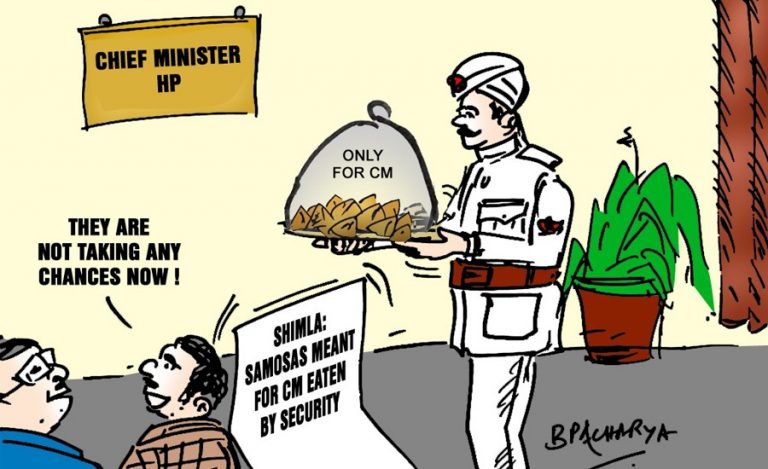At a time when ground water is continuously decreasing everywhere and even disappearing in some areas, Nashik Forest Department’s Deep Continuous Contour Trenches (Deep CCT) technique is successfully raising the ground water level in this Maharashtra district.
Deep CCT are Water Guzzling Boxes which can percolate millions of litres of water in soil during monsoons. It is very effective in ground water recharge. These Deep CCTs are dug only through hands in the rough terrain of the Western Ghats,as proper workmanship cannot be achieved through JCBs. The efforts are paying off as they are leading to lesser water run-off and higher ground water replacement. Indian Masterminds interacted with Deputy Conservator of Forests, Nashik (West) Pankaj Garg, IFS, to know about this technique in detail.
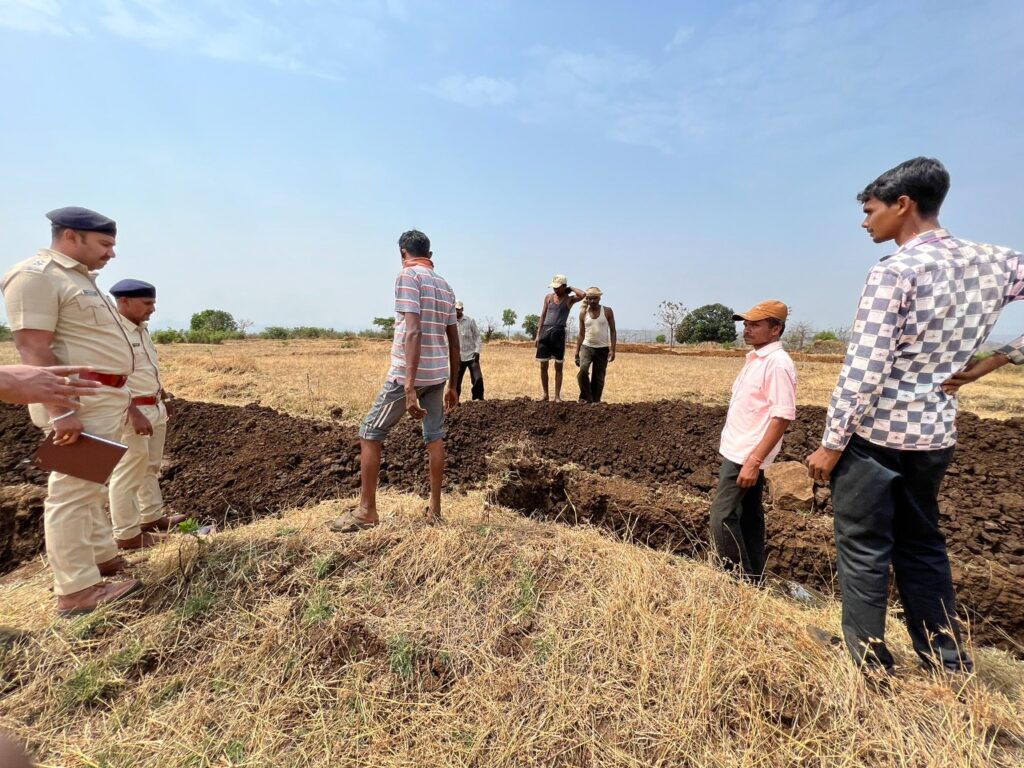
NEED FOR DEEP CCT
Mr. Garg said that since some areas of the Western Ghats experience very heavy rainfall during the monsoons,soil erosion intensity is also high. And all the water drains to the east through the Godavari, or through some west flowing rivers like the Darna into the Arabian sea.
“So, the people here face acute water scarcity and migration to big cities is a common trend. Similarly, we also face difficulties in providing water for our forestation projects. And so Deep Continuous Contour Trenches (Deep CCT) come in handy here as they help in moisture conservation and stablises ground water level.”
THE METHOD
So, what is exactly done in this method? Explaining in detail, the officer said that contours are the lines which join equal elevation points. They make equal 1 metre (width) x 1 meter (depth) trenches on those contour lines. Their length varies from 5 to 10 metres according to the location. These trenches or Water Guzzling Boxes absorb water. As soon as water comes into them, they start to absorb. 1 CCT of 5 metre long can percolate 1 tanker of water.
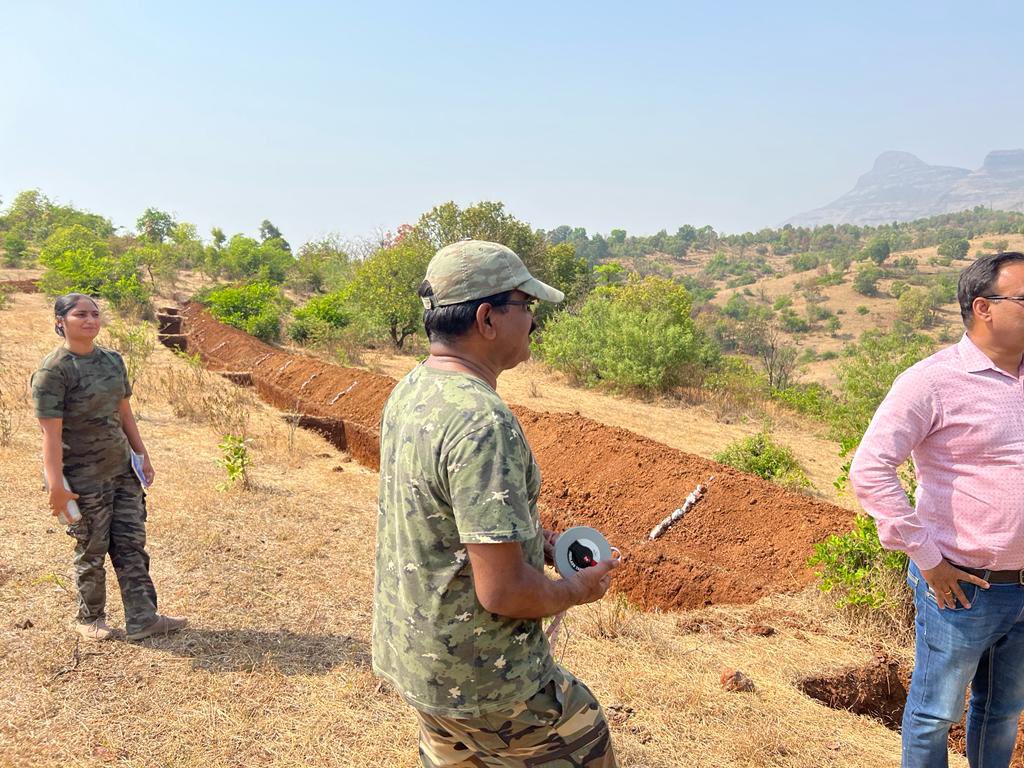
“So, when it rains and it fills, we are putting as much tanker water inside the ground. Along with this, if soil is also coming in them, then that too will accumulate in specific places.So, it stops the soil loss, too. A bund is made in front or near the Deep CCT, like an elevated structure. That also stores water, and we grow seeds of bushes or grasses in it, which will stabilise the soil after root growth.”
MAINTAINS GROUND WATER LEVEL
Deep CCT enables steady ground water level for years. “The procedure we follow is ridge to valley treatment.Structures are built downstream,such as dam, cement drain or pond. Their capacity increases because we stop the silt above. If the water goes underground, then its evaporation loss will also be less. Forty per cent of water in dams and reservoirs evaporate, but ground water continues for years.”
THE BENEFITS
The officer further informed that they have tied up with Maharashtra Engineering Research Institute to take data from them on the impact of Deep CCT in Nashik. “We can already see for ourselves that the ground water level has improved considerably. Now, all plantations and crop fields are getting sufficient water. Similar is the case in many villages,where people are getting enough water for their needs.”
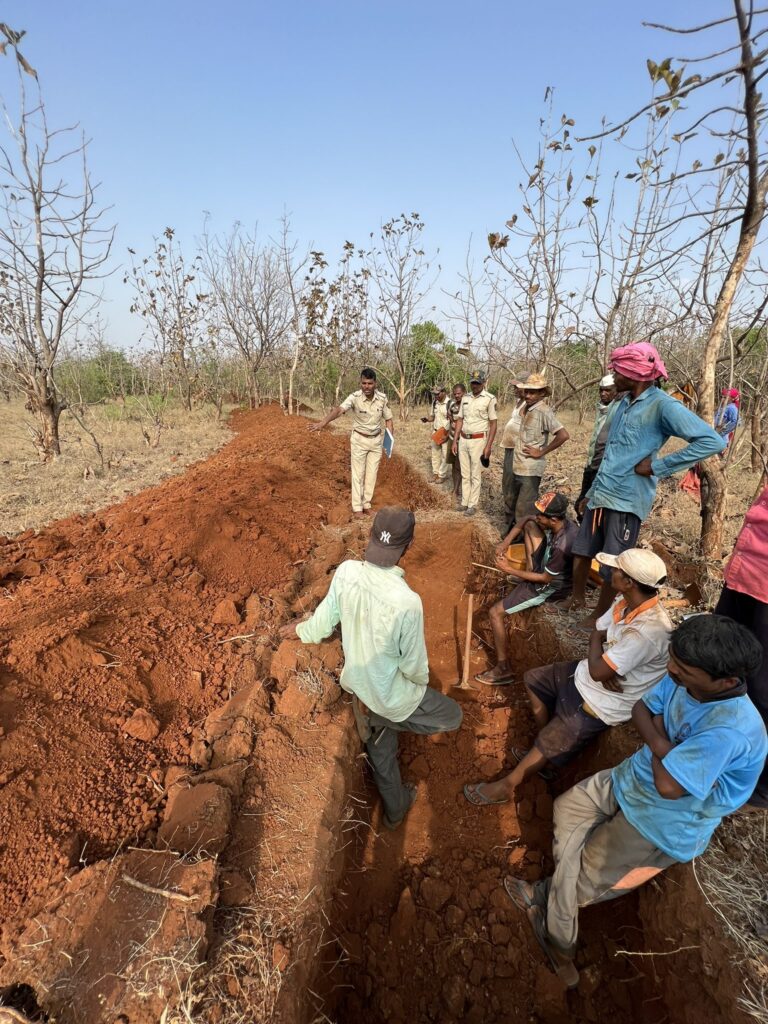
FOCUS SHIFTED
Mr. Garg also said that earlier their efforts remained confined to the forests, but now they are taking the initiative to the village level, too. “Earlier, the forest was the centre, now the village has become the centre. Villagers are getting immensely benefited and they are slowly understanding the importance of conservation of ground water. We are hopeful that this will encourage them to participate actively in all kinds of conservation, be it forest, soil or water conservation.”


